Companion Planting Guide
Suitable Plants for Companion Planting: A Comprehensive Guide
Companion planting is a gardening technique that involves planting different species of plants close to each other to benefit each other in various ways. This practice can help improve soil health, repel pests, attract beneficial insects, and increase overall yields. By choosing the right plants to grow together, you can create a harmonious environment in your garden. Here is a comprehensive guide to suitable plants for companion planting:
1. Tomatoes and Basil
Tomatoes and basil are classic companions in the garden. Basil helps repel pests that can damage tomato plants, while tomatoes enhance the flavor of basil. Planting these two together can result in healthier plants and better-tasting tomatoes.
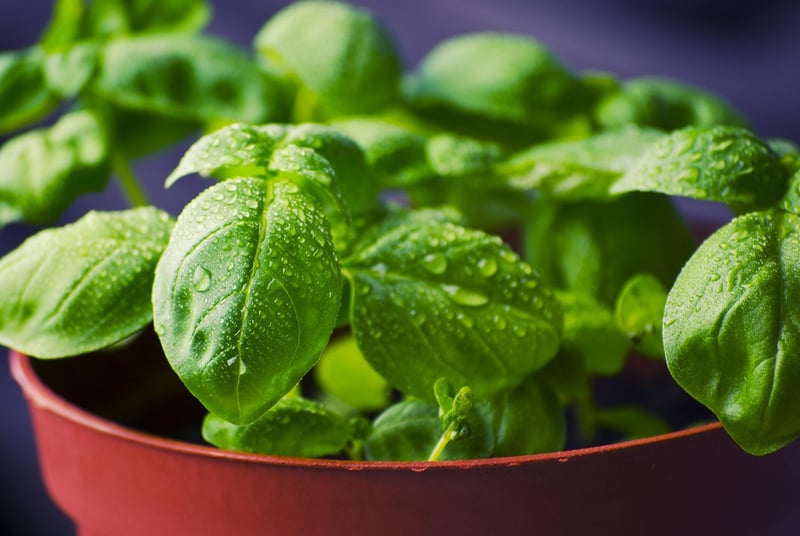
2. Carrots and Onions
Carrots and onions are excellent companions underground. Onions help repel carrot flies, while carrots can help deter onion flies. Planting them together can lead to healthier root development and protect them from pests.
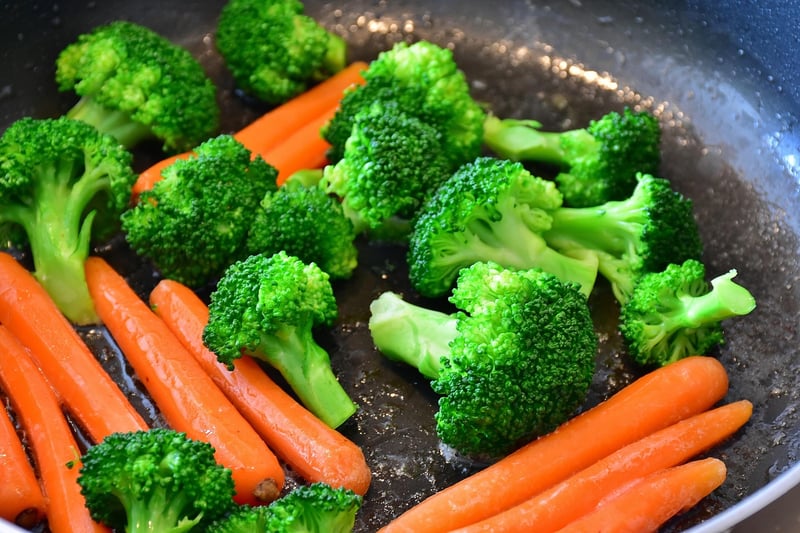
3. Marigolds and Vegetables
Marigolds are known for their pest-repelling properties. Planting marigolds alongside vegetables like tomatoes, squash, and cucumbers can help deter nematodes and other harmful insects, promoting overall plant health.
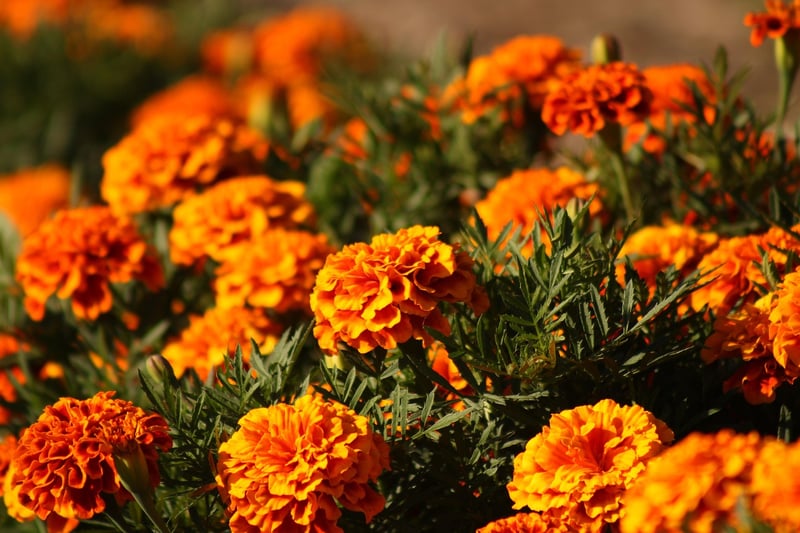
4. Beans and Corn
Beans and corn are classic companions in Native American gardening traditions. Beans help fix nitrogen in the soil, benefiting the corn plants, while corn provides support for the beans to climb. This symbiotic relationship can increase yields for both crops.
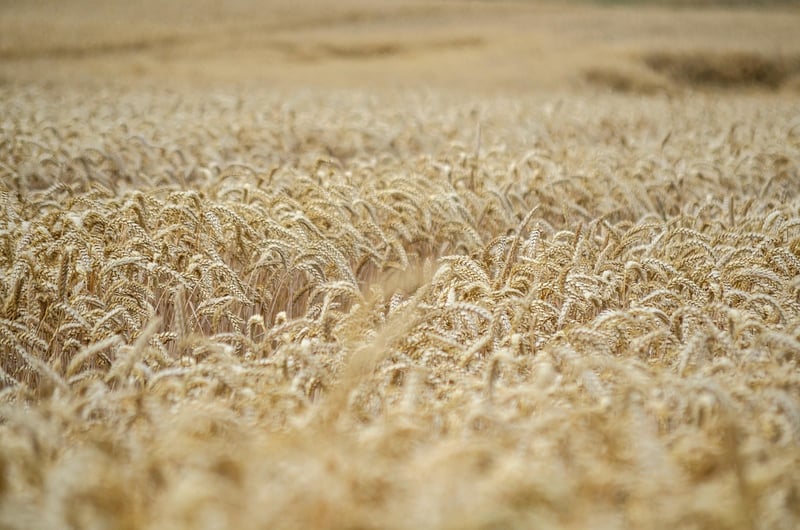
5. Cucumbers and Dill
Cucumbers and dill make great companions in the garden. Dill attracts beneficial insects that prey on cucumber pests, while cucumbers provide a climbing structure for dill to grow vertically. Planting them together can help control pests naturally.
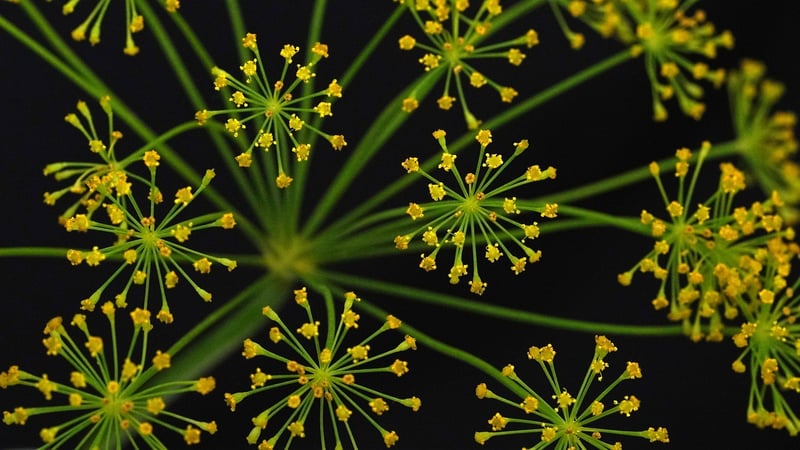
By incorporating companion planting into your garden, you can create a balanced ecosystem that promotes plant health and productivity. Experiment with different plant combinations to discover which ones work best in your garden. Happy planting!
